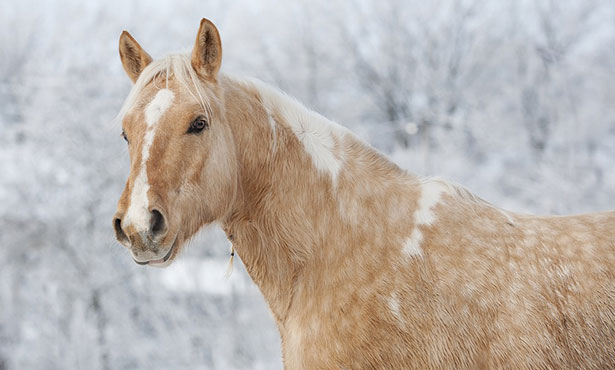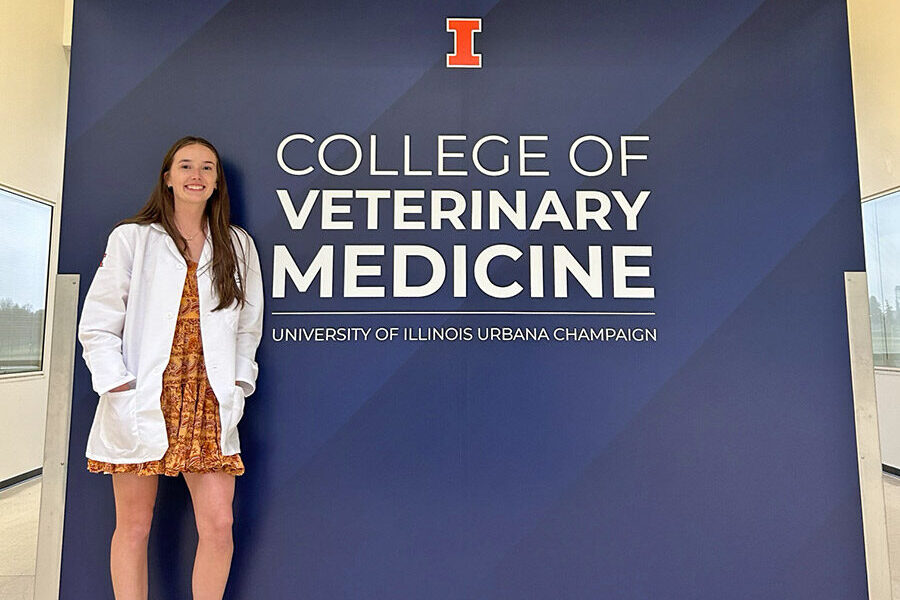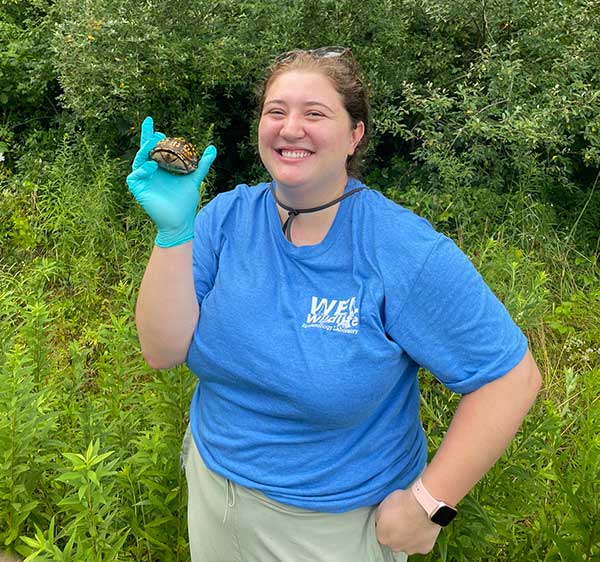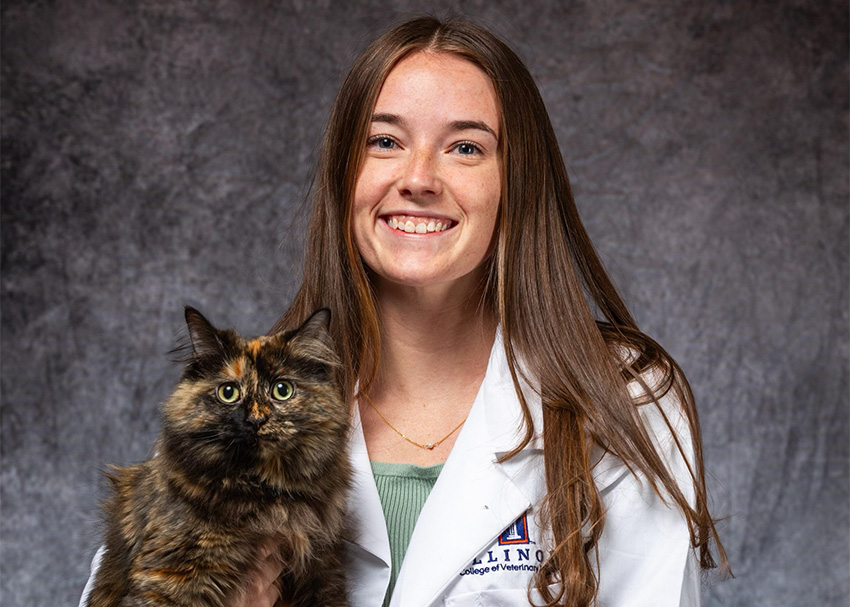The winter season can be a magical time, but that may not hold true in the life of a horse. As the season transitions into winter, horses may be at an increased risk of developing impaction colic. This article will take you through why impaction colic occurs, and ways to decrease your horse’s risk in winter.
Anatomy of the GI Tract
The anatomy of the gastrointestinal tract of a horse is one reason impaction colic occurs. A horse’s large colon has distinct areas that abruptly transition from a large diameter to a small diameter. These specific areas include the pelvic flexure (transition between the left ventral colon and left dorsal colon) and the right dorsal colon passing into the transverse colon. The right dorsal colon segment possesses the largest diameter within the ascending colon, which must then shift to the transverse segment, which is a much smaller diameter.
Physiology of the GI Tract
One of the major functions of the large colon is the absorption of water. The large colon has an amazing ability to absorb large volumes of water from within the body. In an average adult horse, approximately 90 to 135 liters of water will move back and forth across the colon each day. This water hydrates and moistens the ingesta (food in the digestive system), making it easier to pass through the colon and prevent blockage. This is one reason why it is important for horses to remain properly hydrated.
Environment and Management of Horses
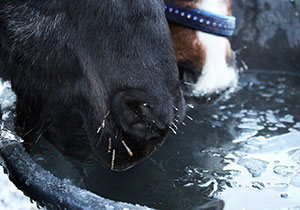 The management of horses is another factor that plays a role in impaction colic. Diet, dental health, and a regular routine are extremely important. Poor quality hay or recent changes in hay type can cause an obstruction within the colon. Diets high in grain may be a predisposing cause because they are associated with fluctuation of internal fluid, causing dehydration of ingesta.
The management of horses is another factor that plays a role in impaction colic. Diet, dental health, and a regular routine are extremely important. Poor quality hay or recent changes in hay type can cause an obstruction within the colon. Diets high in grain may be a predisposing cause because they are associated with fluctuation of internal fluid, causing dehydration of ingesta.
Poor dentition may inhibit proper grinding of hay into small digestible pieces, resulting in an impaction. Changes in routine have been reported to have an association with large colon impactions. Lastly, the cold weather has a cause-and-effect relationship on impactions; this relationship is primarily due to changes in water intake and husbandry during this time.
Now that you know some of the reasons impaction colic occurs, let’s discuss ways to minimize the risk.
- Water Intake and Hydration
During winter, provide your horse with free access to water. It is also possible that warming the water could be beneficial. One study reported that water consumption was 40 percent greater in horses given warm water in cold climates. It could be helpful to invest in a water-heating system during the winter to prevent your horse’s water from becoming too cold. However, if that is not possible, it is imperative to at least ensure that the water does not freeze. There are several water heating methods available, and they don’t have to be expensive or complex.
- Dental Health
Ensure that your horse’s teeth are in good condition. You should have your horse’s teeth evaluated and/or floated by your veterinarian before winter arrives. Monitor whether your horse is quidding or losing weight and whether there are large pieces of undigested hay in the manure.
- Diet
Maintain a consistent feeding routine and provide good quality hay. Do not make changes to your horse’s diet during winter. If changes need to be made, attempt to do it before winter, so the horse can acclimate to the new feed. Grain rations are often increased during winter, and this may increase the risk of an impaction. Consult with your veterinarian about a winter nutrition plan and how to offer extra calories in the diet other than increasing the amount of grain. If the grain ration is increased, then make sure the horse has plenty of water available to stay hydrated.
- Routine
Keeping a regular routine and exercise program is important through winter. It has been reported that impaction can be associated with increasing number of hours spent in a stall and recent changes in a regular exercise program. If changes must be made, attempt to make them before winter starts and implement other preventive measures to decrease the risk of impaction. One challenge with winter exercise may be cooling down the sweaty horse with a thick winter coat. Ensure that the horse dries completely, because the combination of being wet in a cold environment can set the stage for illness.
In the majority of cases, impaction colic has an excellent prognosis; however, impaction colic has the potential to become a serious problem requiring surgery. It’s much better to take steps to prevent an impaction than to have to treat one!
Consult your veterinarian if you have questions about management of your horse through the winter season.

